This essay was originally published in The Public Domain Review under a Creative Commons License. Please see their rules for reuse.
To mark the 100th anniversary of the death by cocaine overdose of Austrian lyric poet Georg Trakl, Richard Millington explores the role the drug played in Trakl’s life and works.

He doesn’t know whether his behaviour was unusual, he didn’t drink but took large amounts of cocaine.
This remark is taken from the medical file of Georg Trakl and is part of a brief account of the poet’s movements and behaviour in the month or so preceding his committal for observation to a psychiatric hospital in Kraków in early October 1914. Just six weeks earlier, towards the end of August, the 27-year-old Trakl had undertaken the 1000-kilometre train journey from Innsbruck, at the western end of the Habsburg Empire, to the far eastern crownland of Galicia, where he was to be deployed as a military pharmacist. His frontline experience was brief but traumatic. During the Battle of Grodek-Rawa Ruska of September 8-11, he was assigned sole care of ninety badly wounded soldiers sheltering in a barn, a task for which he had neither the training nor the equipment. As he later recounted from his hospital bed in Kraków to his friend and publisher Ludwig von Ficker, when one of the wounded men had ended his own suffering by shooting himself in the head, Trakl had fled outside only to be confronted by the sight of local peasants hanging lifeless in the trees. One evening during the westward retreat of the defeated Austro-Hungarian forces, he announced his own intention to shoot himself, but was forcefully disarmed by his comrades. His committal followed on October 6, and he died in hospital on November 3. His medical file lists the cause of death, complete with exclamation mark, as “Suicid durch Cocainintoxication!”
When news of Trakl’s death on the Russian front reached intellectual celebrity Karl Kraus in Vienna, Kraus reacted by claiming that the poet was “hardly a victim of war. It was always incomprehensible to me that he could live at all. His insanity wrestled with godly things”. In the light of what we now know about Trakl’s final months, it is fair to conclude that Kraus underestimated the role that the war played in his demise: there are indeed compelling reasons to number him among its many victims. Yet the enduring value of Kraus’s assessment is that it draws attention to the importance of other factors that made Trakl’s hold on life so tenuous even before first-hand experience of armed conflict precipitated his final crisis. His war story is neither one of the destruction of innocence nor of the betrayal of naïve faith, but rather of the exacerbation of existing vulnerability. What, then, are we to make of Kraus’s assertion that Trakl’s “insanity wrestled with godly things”? First and foremost, the poet’s readers are likely to associate this statement with his dark, exquisite, often enigmatic verse, once characterized by Ludwig Wittgenstein as “beautiful yet incomprehensible” and as possessing “the tone of true genius”. Rainer Maria Rilke was similarly startled by its other-worldly quality, comparing the act of reading his younger compatriot’s second published collection Sebastian in Dream (1915) to being “pressed against panes of glass: for Trakl’s experience occurs like mirror images and fills its entire space, which, like the space in the mirror, cannot be entered”.
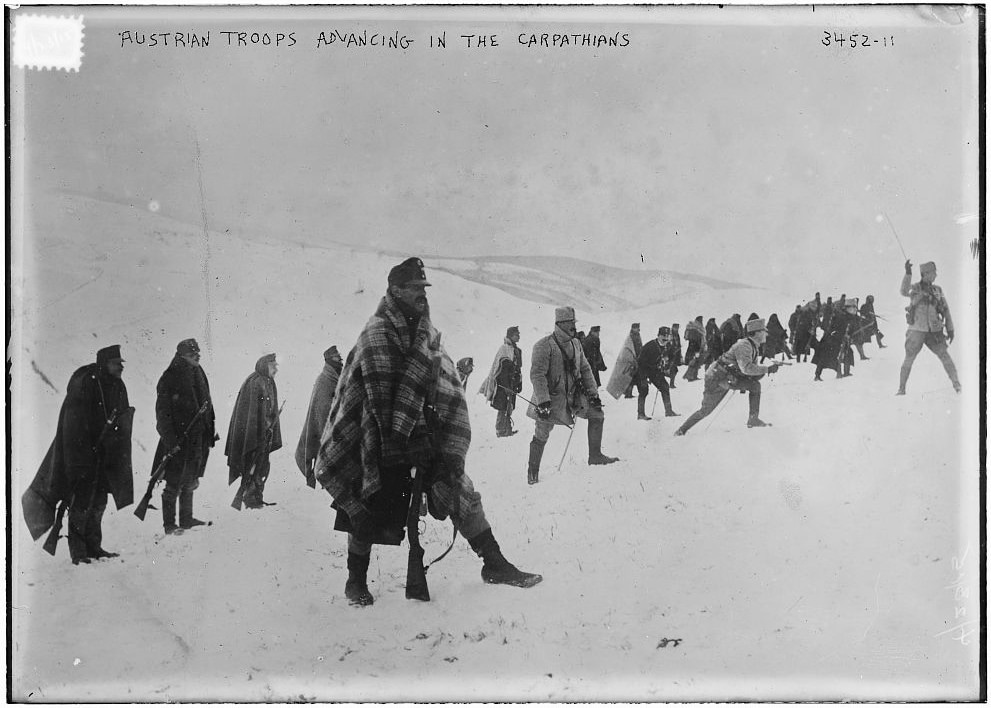
Unlike Wittgenstein and Rilke, however, Kraus knew Trakl personally, even having holidayed with him for ten days in Venice in August 1913, and when he expressed amazement at the poet’s ability to “live at all”, he was probably thinking less of his poetry than of his personality. Many aspects of Trakl’s biography point to chronic maladjustment. This is reflected to varying degrees in his inability to hold down a regular job, his sometimes eccentric behavior, his tendency to brooding and melancholy, his habitual identification with abject figures (such as Germany’s best-known feral child Kaspar Hauser), his suspiciously close attachment to his younger sister Grete, and last but not least his drug and alcohol abuse. Trakl’s partiality for “dark poisons”, as he would call them in several late poems, embodied a self-destructive tendency that at a basic, physiological level certainly did more than anything else to render his earthly existence so precarious. “A heavy drinker and drug-eater” is the characterization offered by Ficker, a man by no means given to cheap sensationalizing, least of all in matters concerning his brilliant protégé. From the perspective of Trakl’s wider biography, the cocaine overdose that killed him appears as the culminating act in an unrelenting process of self-poisoning that loomed large over his brief adult life.
Documentary evidence of Trakl’s cocaine use is restricted to the notes in his medical file and therefore to the ten-week period of his active military service in Galicia and hospitalization in Kraków. It is probable, however, that he had at least tried cocaine before, as this was in common medicinal use in the years before the First World War. Ease of access to the full range of available pharmaceuticals was one of several advantages presented by Trakl’s decision to pursue pharmacy as a respectable and gainful career to complement his literary endeavours. He took his first steps along this path immediately after leaving school in autumn 1905, starting with a three-year apprenticeship at a local chemist’s shop in his native Salzburg, followed by two years of pharmacy study in the imperial capital Vienna. Trakl’s letters suggest that his two intoxicants of preference during the pre-war years were alcohol and Veronal (the first barbiturate to be marketed for medicinal purposes), but he is known to have used a wide range of substances, and clearly the imperative to achieve intoxication in any form was more important for him than particular effects associated with individual substances.
Ready availability was probably an important reason for Trakl’s choice of cocaine while on active service in Galicia. First isolated from Andean coca leaves by Friedrich Gaedcke in 1855, in the final decades of the nineteenth century the cocaine alkaloid had been extolled as something of a wonder drug, most enthusiastically by none other than the young Sigmund Freud. Popular tonics such as Vin Mariani and Coca-Cola had made its stimulant effects available to a wide consumer base throughout Europe and North America. Among its numerous medical applications, its local anaesthetic properties had the most profound and lasting impact, so much so that the suffix –caine subsequently became standard in naming synthetic substances with similar properties. An exponential increase in the need for anaesthetics explains the accelerated production and geographical diffusion of cocaine during the First World War. As Hans Maier explains in his 1926 study Der Kokainismus, the main European source of the drug at this time was the German pharmaceutical industry. Whereas recreational use had previously been restricted mostly to major urban centres, the war made cocaine relatively easy to obtain in places as remote, for example, as the Galician countryside to which Trakl’s unit was posted, or for that matter the small Russian village in which Mikhail Bulgakov’s story “Morphine” is set (“Morphine” tells the story of a young doctor who unsuccessfully attempts to cure his morphine addiction by replacing morphine with cocaine and is based on Bulgakov’s own experience of the years 1917-18 in the province of Smolensk). In the aftermath of the war, as Maier notes, the chaotic distribution of army stocks aided the huge rise in the popularity of cocaine that saw it become a “champagne drug” among European socialites during the roaring twenties.
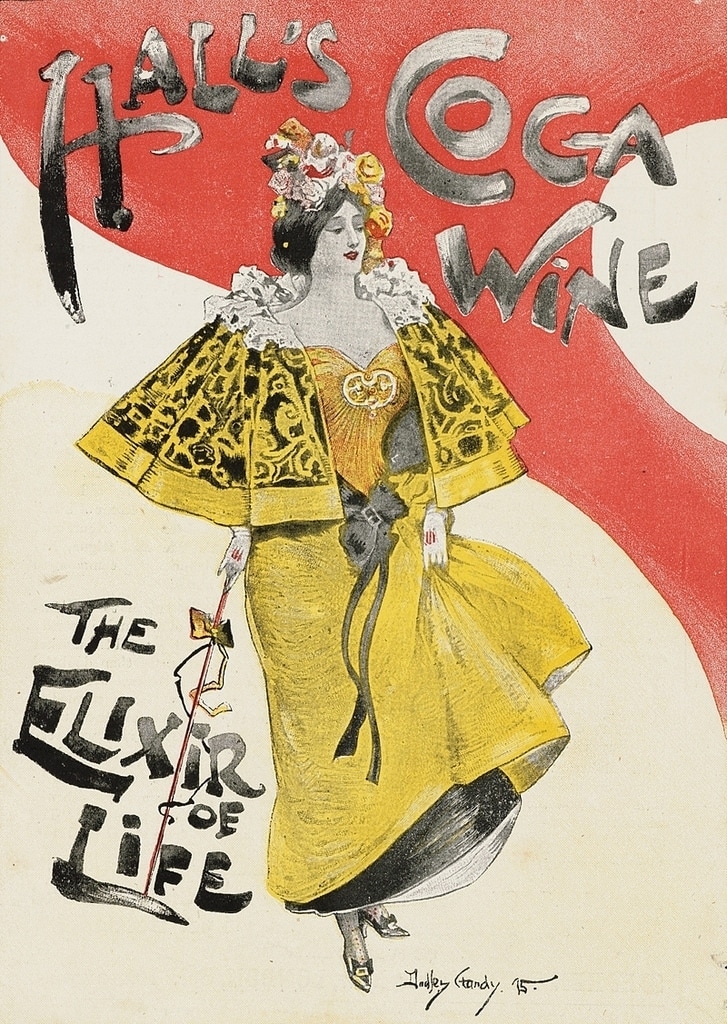
In contrast to his medical file, Trakl’s poetry contains no obvious traces of the heavy cocaine use of his final months — or indeed of any earlier, undocumented use. In this respect it differs from the literary work of his German contemporary Gottfried Benn, a doctor specializing in skin and venereal diseases who between 1915 and 1917 was stationed at a hospital for prostitutes in occupied Brussels. Benn’s cocaine experiments of his Brussels period have a clear literary correlative in several poems and dramatic scenes celebrating the euphoria and vitality associated with cocaine intoxication. Trakl’s reticence about cocaine is consistent with a broader pattern in his poetic treatment of intoxicants. Other terms excluded from his poetic lexicon despite denoting substances he is known to have consumed in considerable quantities include alcohol, beer, schnapps, chloroform, barbiturate, Veronal, morphine, and opium. Of themselves, these omissions might appear unremarkable. Like the Polish Modernist Witkacy, who signed many paintings not with his own initials but with those of the drugs he had consumed while producing them, poets of the post-Romantic age might sometimes choose to insert factual or fictional records of self-medication into their works as tools of self-stylization, but there is no expectation for them to do so. Yet in Trakl’s case, these omissions become significant because of the apparent contradiction they present to the overall prominence within his poetry of psychoactive substances and their effects.
One distinguishing feature of Trakl’s literary approach to drugs is the lack of an obvious confessional gesture, a lack that places him outside the dominant tradition inaugurated by Thomas De Quincey’s early nineteenth-century account of his opium-induced visions. Instead, direct and indirect references to intoxicants and intoxication are integrated closely into his poetic diction and contribute to its distinctive flavour. The poetry he wrote over the last five years of his life is chiefly concerned with plotting parallel processes of decay in the natural and human worlds, and intoxication plays a significant part in aestheticizing his lyric speaker’s confrontation with grim reality. “Towards Evening My Heart” from his first published collection Poems (1913) is illustrative:
Towards Evening My Heart
In the evening you hear the scream of bats,
Two black horses jump in the meadow,
The red maple rustles.
To the traveller the small inn appears by the wayside.
Wonderful the taste of young wine and nuts,
Wonderful: stumbling drunk into darkening wood.
Through black branches painful bells sound,
On the face dew drips.
Drunkenness here is more than an escape. What is “wonderful” about it is not that it changes or erases the content of the speaker’s consciousness, which remains “painful”, but that it gives his consciousness an intoxicated-aesthetic form. The instrument of intoxication mentioned is also representative. In his poetry, Trakl shows an overwhelming preference for wine, “young” or otherwise (other epithets include “fiery”, “golden” and “purple”), which is less a reflection of his real-life habits than a sign of how well this beverage fits into a wider framework of rich pastoral and religious imagery. The modern and medical connotations of a word like “cocaine”, by contrast, make it quite unsuitable for Trakl’s poetic purposes.
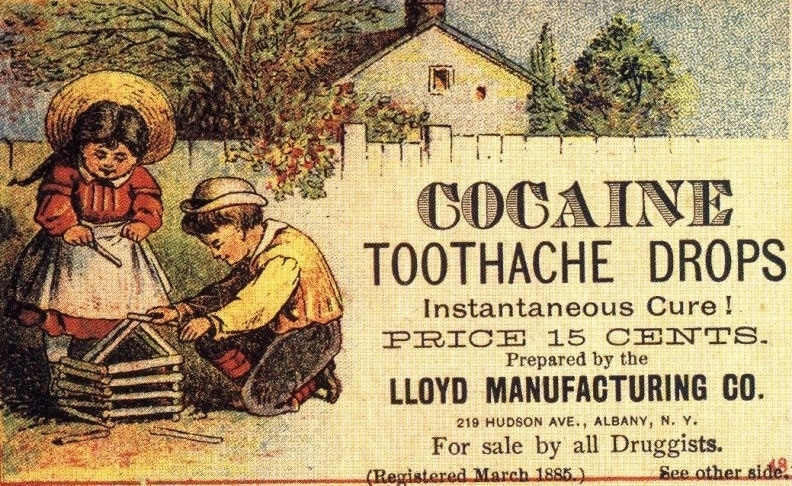
Combined with knowledge of the heavy cocaine use of his final months, the deep integration of intoxication into Trakl’s poetics has nonetheless encouraged commentators to pick out indirect cocaine references in several poems. According to Alberto Castoldi, for instance, Trakl’s oxymoron “black snow” encapsulates cocaine’s ambivalence as an instrument of both self-abasement and self-transcendence. He cites the opening quatrain of the proto-surrealist “Delirium”, composed in 1913, by way of illustration:
The black snow that runs from the rooftops;
A red finger dips into your forehead
Blue flakes sink into the bare room,
These are the dead mirrors of lovers.
Attempts to pin determinate symbolic meaning to Trakl’s “delirious” images are necessarily fraught, so readings of this kind must be treated with caution. Moreover, it should be remembered that for a confirmed landscape poet such as Trakl, the primary referent of a word such as “snow” will always be “snow” in the literal, meteorological sense. Nonetheless, the plausibility of seeing hidden cocaine references in lines such as these has an intriguing etymological basis. Maier notes that the nasal inhalation of cocaine in powder form emerged as a popular form of administration in the years 1912-14, and it was precisely this new fashion that produced the drug’s soon legendary association with whiteness and its common metaphorical designation as “snow” (if anything, even more common in German than in English). The affirmation of cocaine symbolism in a poem such as “Delirium” would place Trakl in the poetic tradition that Marcus Boon associates with Charles Baudelaire, whose reticence about intoxicants in his poetry (conspicuous by contrast with the directness of his famous prose disquisition Les Paradis artificiels) “contributes to a certain literary myth” about drugs, surrounding them with an aura of mystery and secrecy and giving them an almost godly or diabolical unspeakability.

Accepting the possibility of covert cocaine symbolism in Trakl’s whiteness and snow imagery means that certain images come to look distinctly like premonitions of the poet’s own fate. The lines “A heart / Turns rigid in snowy stillness” occur in the poem “Limbo”, written in spring 1914, just a few months before his departure for the eastern front, while the poem “The Heart”, which dates to the same period, opens with the line “A wild heart turned white by the wood” and closes with “O heart / Shimmering across into snowy coolness”. As it happens, the prophetic tone in Trakl’s poetry became increasingly pronounced over the last year or so of his life, and the scope of his visions was often much broader. The works of his final period abound with images of collapsing cities, dying peoples and falling stars, although his attention repeatedly turns, as it had in the pastoral scenes of his earlier work, to the fate of individuals or specific groups — women, lovers, soldiers — within his now-apocalyptic landscapes. The last and most heavily anthologized poem he wrote, one of only two he composed during his frontline service in Galicia, contains the most succinct summation of the decline theme running right through his oeuvre (“all roads lead to black decay”), as well as probably the bleakest of all his prophecies in its stark concluding image of genocidal annihilation (“the unborn grandchildren”). The title of this poem, “Grodek”, evokes the site of the battle where the poet himself had, as he related to Ficker, been touched by “the full misery of mankind”.
And here we in turn touch upon the most definite link between Trakl’s poetry and his cocaine use. It is a link that involves neither any obvious influence of his drug use upon his literary work, nor any kind of direct or indirect poetic representation of his life experience, but rather a concurrent intensification of established tendencies in both spheres. Just as his final poem provides the most radical expression of the preoccupation with decay and decline characterizing his entire oeuvre, so too his heavy cocaine use of the same period amounts to a radicalization of the self-destructive tendency that was always inherent in his drug habit. Following their own internal logic, both developments came to an abrupt end when the poet’s own wild heart turned white on November 3 1914.
Richard Millington teaches German language and literature at Victoria University of Wellington in New Zealand. His research interests include literary Expressionism, the association between literature and psychoactive substances, and the literature of late-Habsburg and interwar Austria, all three of which converge in the figure of Georg Trakl. The present article draws on material from his 2012 book Snow from Broken Eyes: Cocaine in the Lives and Works of Three Expressionist Poets. He is currently working on a critical commentary of Trakl’s poetry.
Links to Public Domain Works
Further Reading

Snow from Broken Eyes: Cocaine in the Lives and Works of Three Expressionist Poets (Peter Lang, 2011) by Richard Millington
Millington explores the role cocaine played in the life and work of three Expressionis poets — Walter Rheiner, Gottfried Benn, and Georg Trakl — all three of whom started experimenting with the drug during WW1. Bilingual edition (English and German).
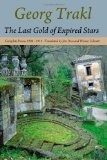
The Last Gold of Expired Stars: Complete Poems 1908 — 1914 (Loch Raven Press, 2011) translations by Jim Doss and Werner Schmitt
Bilingual edition of Trakl’s published work, including his mature works as well as the poems and prose created in his youth. With the inclusion of drama fragments and selected letters, this is the most complete collection of Trakl’s work to date in English.
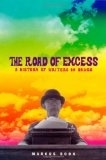
The Road of Excess: A History of Writers on Drugs Hardcover (Harvard University Press, 2002) by Marcus Boon
A comprehensive study into writers and their relationships with drugs — reclaims and demystifies representations of the drug experience.
In German:
Georg Trakl: Eine Biographie (Müller, Otto, 2014), by Hans Weichselbaum.